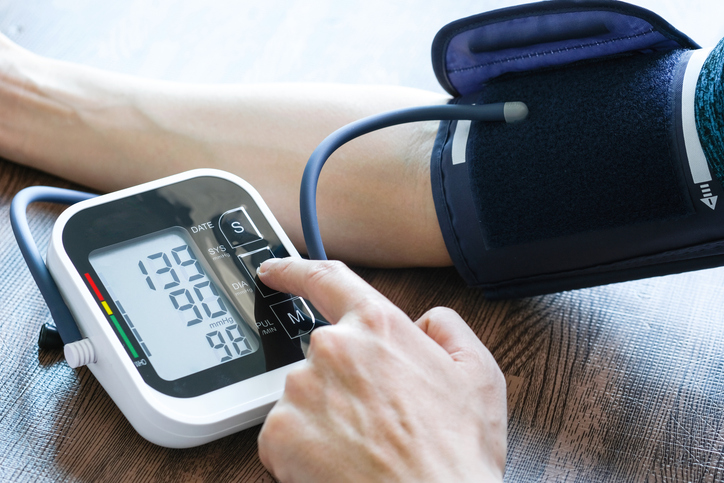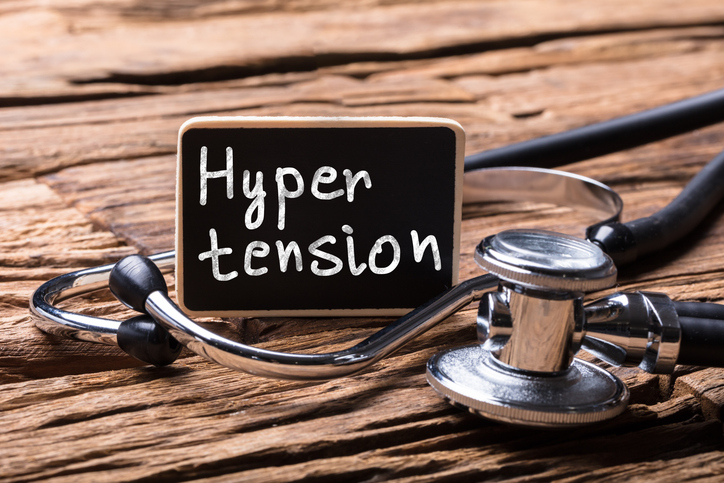
Increases in systolic blood pressure north of 90 mm Hg were associated with increased prevalence of traditional cardiovascular risk factors, even in patients without atherosclerotic cardiovascular disease (ASCVD).
The authors, according to their paper, sought to examine the association of systolic blood pressure levels with coronary artery calcium and ASCVD in those without hypertension or other risk factors based on current definitions.
“The risk of ASCVD at currently defined normal systolic blood pressure levels in persons without ASCVD risk factors based on current definitions is not well defined,” they wrote in their paper, published in JAMA Cardiology.
The study population consisted of 1,457 ASCVD-free participants from the Multi-Ethnic Study of Atherosclerosis (MESA) without dyslipidemia, diabetes, treatment for hyperlipidemia or diabetes, or current smokers, and with a systolic blood pressure between 90 mm Hg and 129 mm Hg. The researchers classified coronary artery calcium as absent or present. They then calculated adjusted hazard ratios for incident ASCVD. The primary study outcome was the presence or absence of coronary artery calcium and incident events. Mean follow-up was 14.5 years.
According to the results, an increase in traditional risk factors for ASCVD, coronary artery calcium, and also incidence ASCVD events as systolic blood pressure levels increased. The adjusted HR for ASCVD was 1.53 (95% CI, 1.17 to 1.99) for each 10 mm Hg increase in systolic blood pressure levels. The adjusted HR for ASCVD risk was 3.00 (95% CI, 1.01 to 8.88) in those with systolic blood pressure 90 to 99 mm Hg, 3.10 (95% CI, 1.03 to 9.28) for levels between 110 and 119 mm Hg, and 4.58 (95% CI, 1.47 to 14.27 in those with levels between 120 and 129 mm Hg.
“Beginning at a systolic blood pressure level as low as 90 mm Hg, there appears to be a stepwise increase in the presence of coronary artery calcium and the risk of incident ASCVD with increasing systolic blood pressure levels,” the team concluded. “These results highlight the importance of primordial prevention for systolic blood pressure level increase and other traditional ASCVD risk factors, which generally seem to have similar trajectories of graded increase in risk within values traditionally considered to be normal.”
New Research! Low Blood Pressure not so low any more…
90?Conclusions and Relevance
Beginning at an Systolic BP level as low as
* 90 mm Hg, *there appears to be a step-wise increase in the presence of coronary artery calcium and the risk of in… https://t.co/E2Mnf98Pkb
— DrRutledge (@DrRR) June 11, 2020
From the paper: "For every 10-mm Hg increase in systolic blood pressure, there was a 53% higher risk for atherosclerotic cardiovascular disease." Wow… https://t.co/QOXPithMsV
— GDLeahy (@GDLeahy) June 11, 2020
Compelling paper on stepwise #systolicbloodpressure elevations in the normal range associated with higher risk of #cardiovasculardisease.@JAMACardio @JAMA_current
Association of Normal SBP Level With Cardiovascular Disease Without Risk Factors https://t.co/YQ2YJH2OmS— Stephen Juraschek MD, PhD, FAHA, AHSCP-CHS (@spjuraschek) June 10, 2020
Lower is better for untreated systolic #bloodpressure and #cardiovasculardisease prevention https://t.co/UcfxZKIBRA
— JAMA Cardiology (@JAMACardio) June 10, 2020







 © 2025 Mashup Media, LLC, a Formedics Property. All Rights Reserved.
© 2025 Mashup Media, LLC, a Formedics Property. All Rights Reserved.